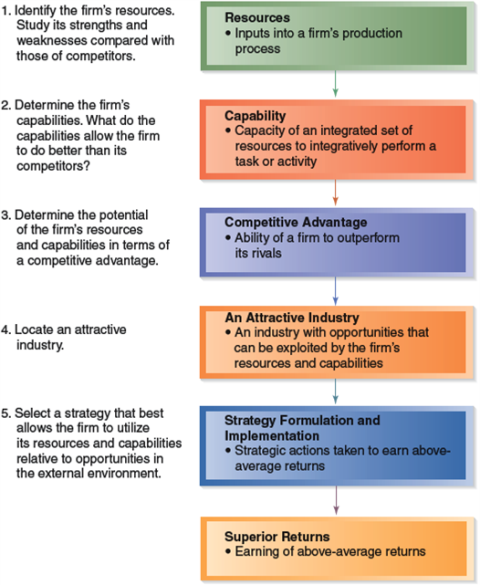01102013…today’s date was a very special
day for my classmate, Hadi. It was his birthday, the day he was born in this
challenging world. May Allah bless him always and be a good Muslim~
hepy besday HADI!!!
As
for today, we had learn about “Evaluating a company’s resources, capabilities,
and competitiveness”. Miss ummi started the lecture by asking some question…I
couldn’t remember about it but if I’m not mistaken, she asked about what makes
McDonalds differ from others…do you know what it is?...let me tell you…it is
because of their standard quality of burgers.
Actually, I want to share something
interesting that I found in strategic management’s text book while in the
middle of searching an idea to write for this post.
“Only
firms who are able to continually build new strategic assets faster and cheaper
than their competitors will earn superior returns over the long term.” (C. C.
Markides and P. J. Williamson - London Business School Professors and
Consultants)
Now, let’s move on to our topic.
This chapter was related to SWOT analysis. As a whole, we have learned how to
evaluate how well a company’s strategy is working. In other words, this topic
discuss about the techniques for evaluating a company’s internal situation,
including its collection of resources and capabilities and the activities it
performs along its value chain.
In this chapter, there are five
analytical tools - resource and capability analysis, SWOT analysis, value chain
analysis, benchmarking, and competitive strength assessment will be used. All
these five analyses are valuable techniques for revealing a company’s
competitiveness and for helping company managers match their strategy to the
company’s own particular circumstances.
Resource and capability analysis – a powerful tool for sizing up a company’s competitive assets and determining if they can support a sustainable competitive advantage over market rivals.
SWOT analysis – a simple but powerful tool for sizing up a company’s strengths and weaknesses, its market opportunities, and the external threats to its future well-being.
Value chain
analysis
– a company’s value chain identifies the primary activities and related support
activities that create customer value.
Apart from that, we also have
learned about VRIN test. It can determine if a resource is a source of
sustainable competitive advantage. To serve as a basis for sustainable
competitive advantage, resources must be –
·
Valuable – meaning that they
must be a source of greater value, in terms of relative costs and benefits,
than similar resources in competing firms.
·
Rare – rareness implies that
the resource must be rare in the sense that it is scarce relative to demand for
its use or what it produces.
·
Inimitable – it is difficult
to imitate.
·
Non-substitutable – other different
types of resources cannot be functional substitutes.
The criteria
of the VRIN clearly rules out best practices as a source of competitive
advantage. If other firms can easily understand and copy a capability, it is
not a source of advantage.
That’s all from me. I’m sorry for
my inconvenient. See u later in the next post…jzkk. PEACE NO WAR!!!





No comments:
Post a Comment